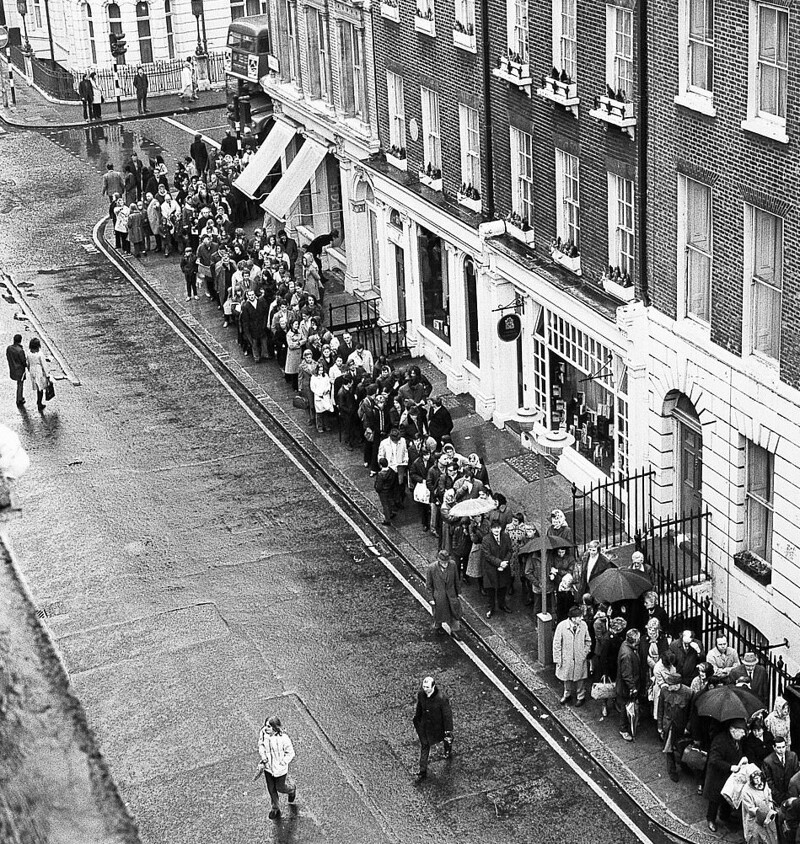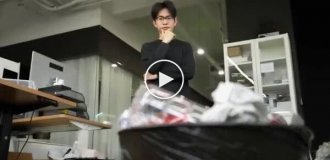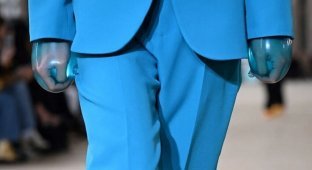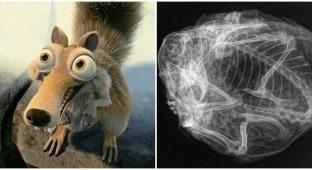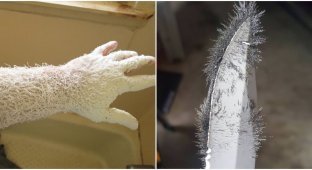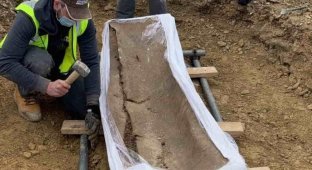Why the opening of the tomb of Tutankhamun could not take place at all (13 photos)
On November 4, 1922, archaeologist Howard Carter made one of the most grandiose discoveries in history - he discovered the tomb of Tutankhamun, in which found more than 5,000 valuable artifacts. But the Carter expedition Egyptian "Valley of the Kings" could not take place at all. 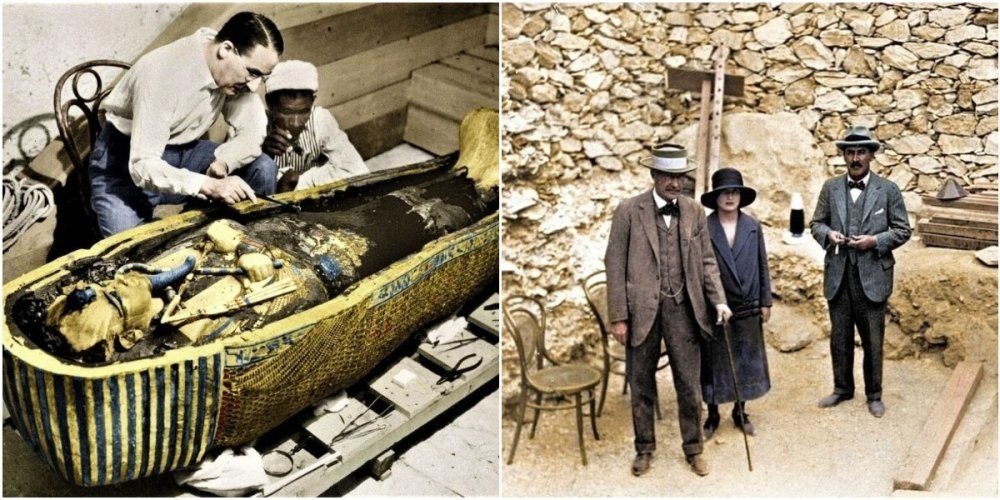
Western archaeologists excavated in the Egyptian "Valley of the Kings" from the beginning of the 19th century. With the outbreak of the First World War, stopped, and there was not much progress in them. Then the fifth British Earl of Carnarvon, George Herbert, who financed excavations, threatened to stop funding due to lack of results. But in 1922 he agreed to give money to an archaeologist Howard Carter - he was sure that in these places you can find something standing. Archaeologists worked in the "Valley of the Kings" for six seasons, and this one was last. 
Archaeologists led by Carter worked hard, and already almost lost hope - until November 4, 1922 they discovered the tomb Pharaoh Tutankhamun. It was one of the biggest discoveries in Egyptology and all history. More than 5,000 valuable items were found in the tomb itself. ancient Egyptian artifacts that have lain untouched for 3,000 years. 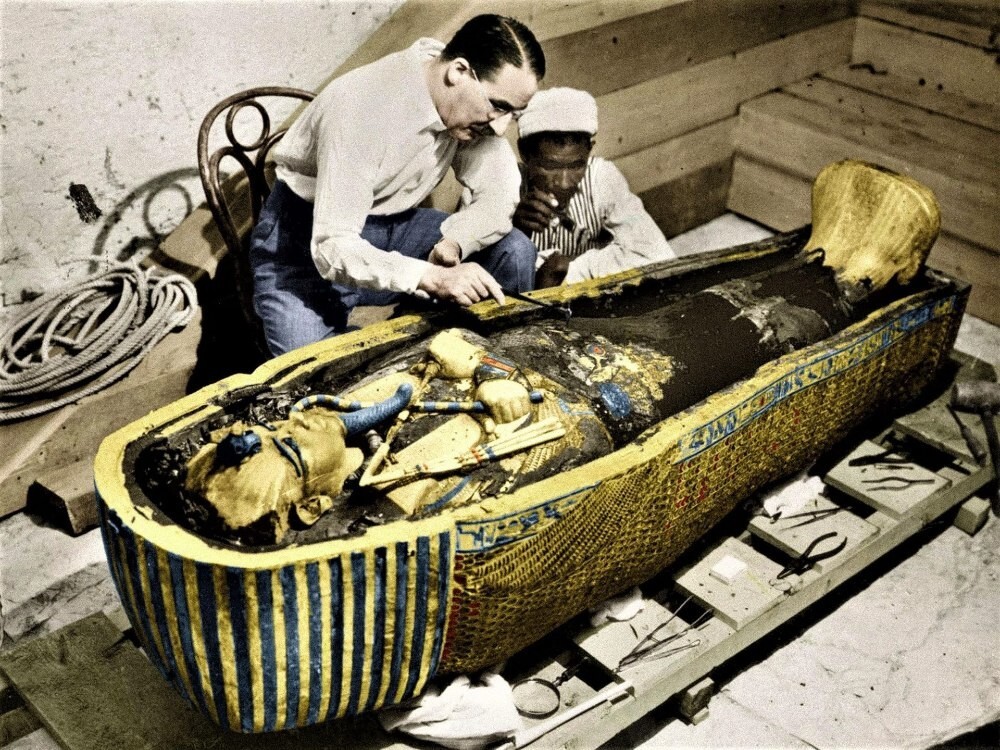
Later, experts also found Howard Carter's address book, in which they found the address of the Earl of Carnarvon, who financed the excavations. It became known that the fifth Earl lived in the famous castle of Highclere (ancestral nest of the Earls of Carnarvon since 1679). The count died the following year. after opening, in April 1923, from the effects of a mosquito bite. Carter's book, which lists about 200 addresses of various persons from British high society, will be on display this month London Book Fair. It's supposed to be sold for £5,000 sterling. 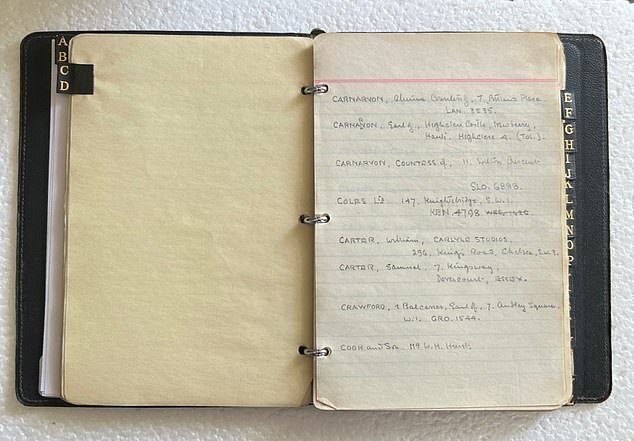
< br> 50 years after Carter's discovery, many treasures which were in the tomb of Tutankhamun, were exhibited in the British Museum in London. Originally, the treasure exhibition was supposed to last three months, but eventually became so popular that it lasted six months. IN about 4,400 people visited it on the first day, and more than 30,000. On the first day of the exhibition, hundreds of people stood in line for more than 14 hours to get into the museum. 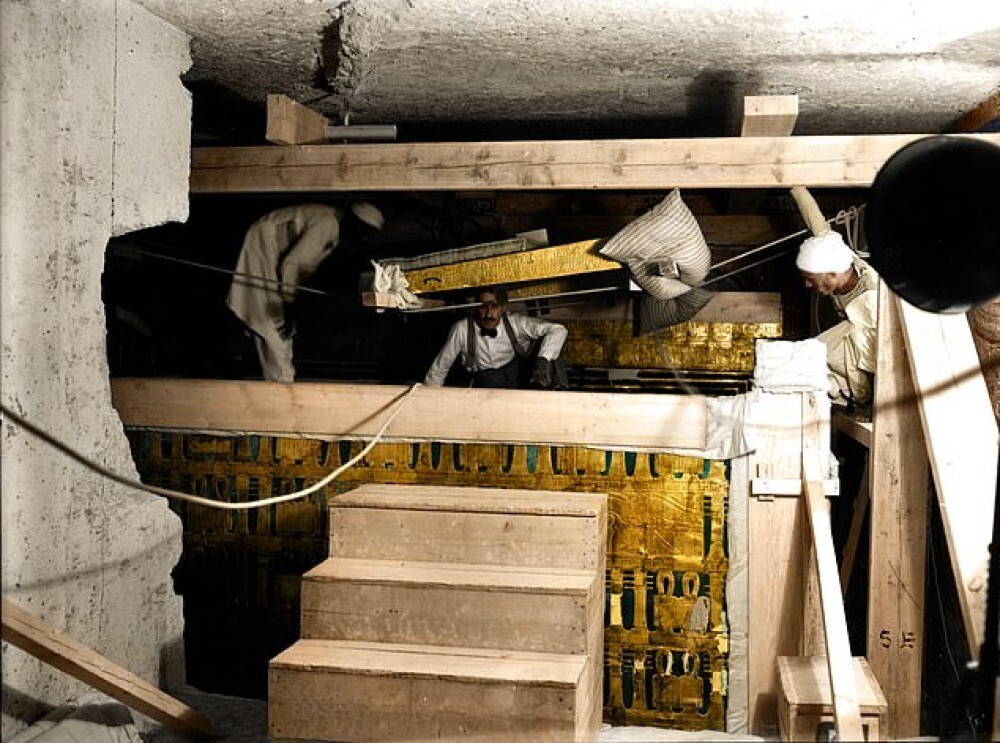
The experts also managed to find out that in 1921 Howard Carter was visiting the castle with the Earl of Carnarvon. This is evidenced by the data population census. It was indicated that Carter was 47 years old, single, and born classes did not contain any mention of the profession of an archaeologist - it was simply called "artist". After clearing Tutankhamun's tomb in 1932, Carter retired from excavation, and died seven years later. 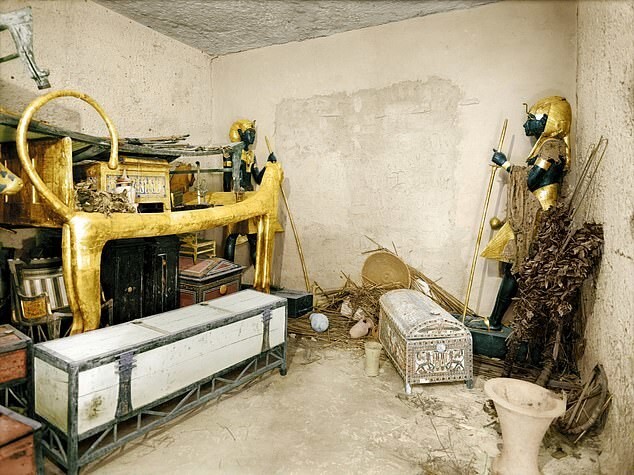
Seal on the doors of the second sanctuary of Tutankhamun's tomb 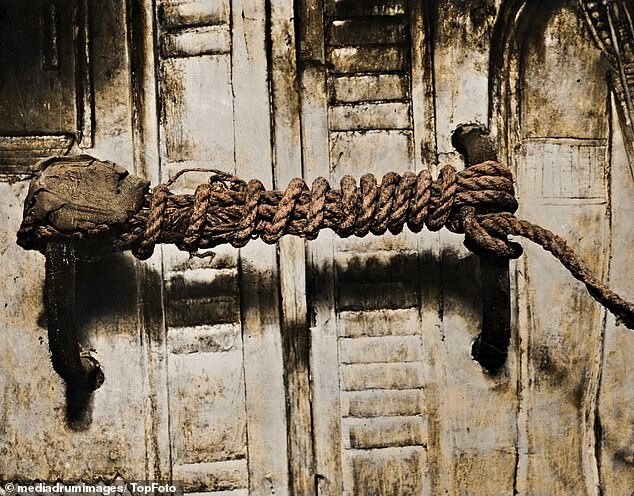

George Herbert, aka the Earl of Carnarvon, with his daughter Evelyn go to Egypt. January 1923 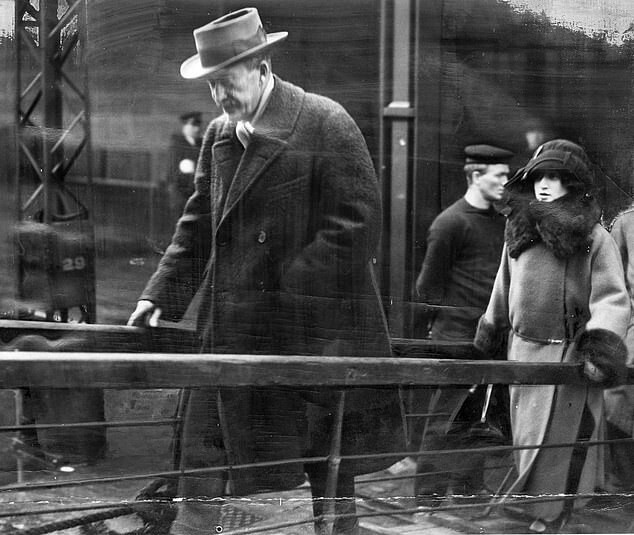
Howard Carter (right) with the Earl and his daughter 
George Herbert and his daughter Evelyn stand at the entrance to Tutankhamun's tomb. 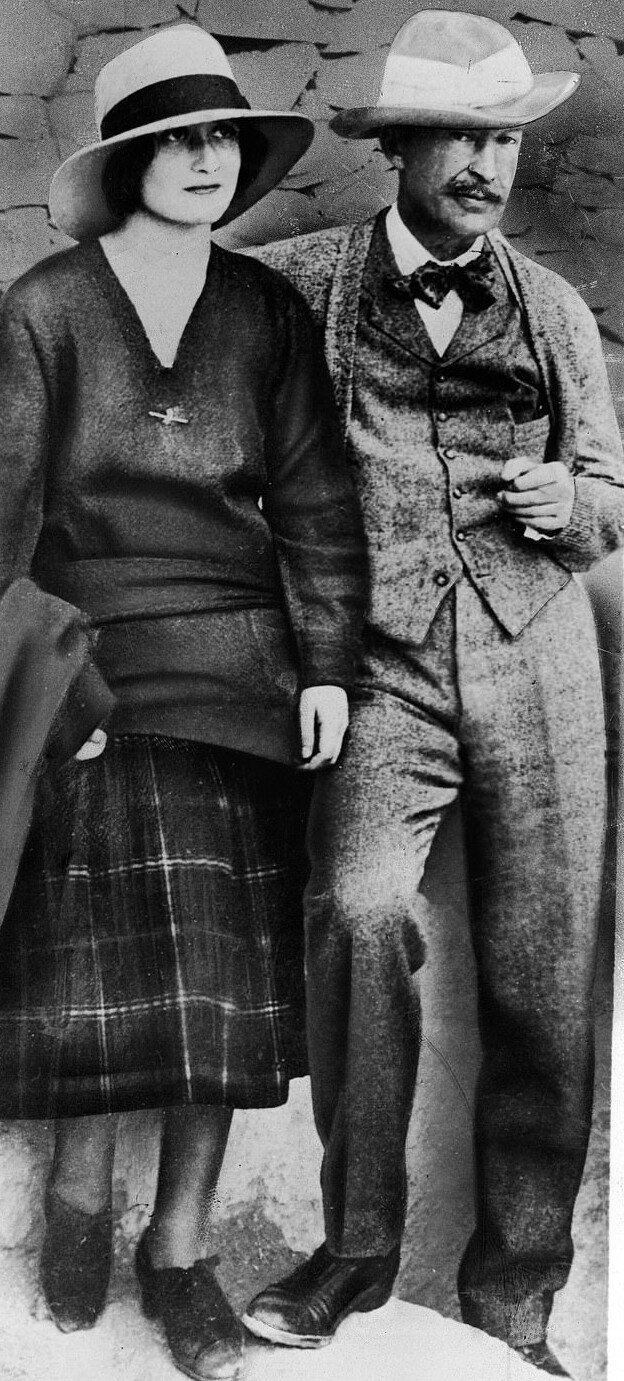
Queen Elizabeth II opens an exhibition of treasures discovered in the tomb. British Museum, London 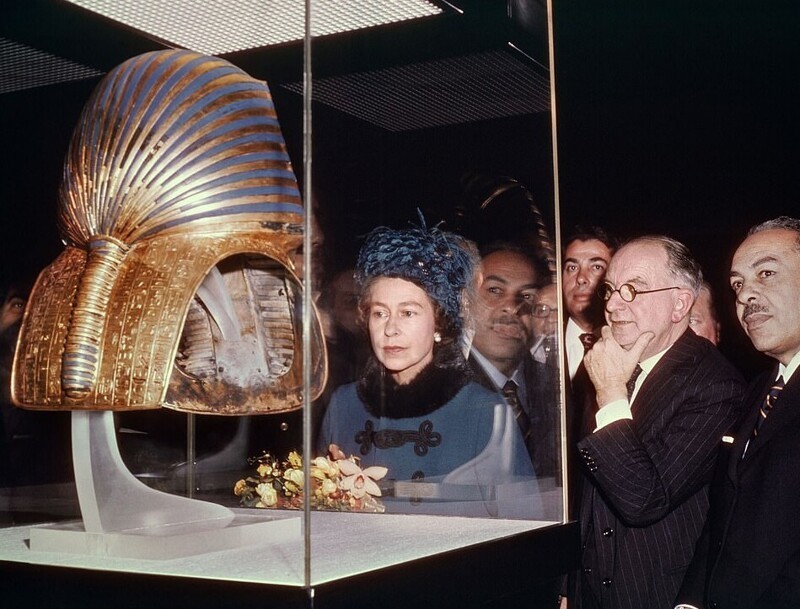
The queue for an exhibition at the British Museum 